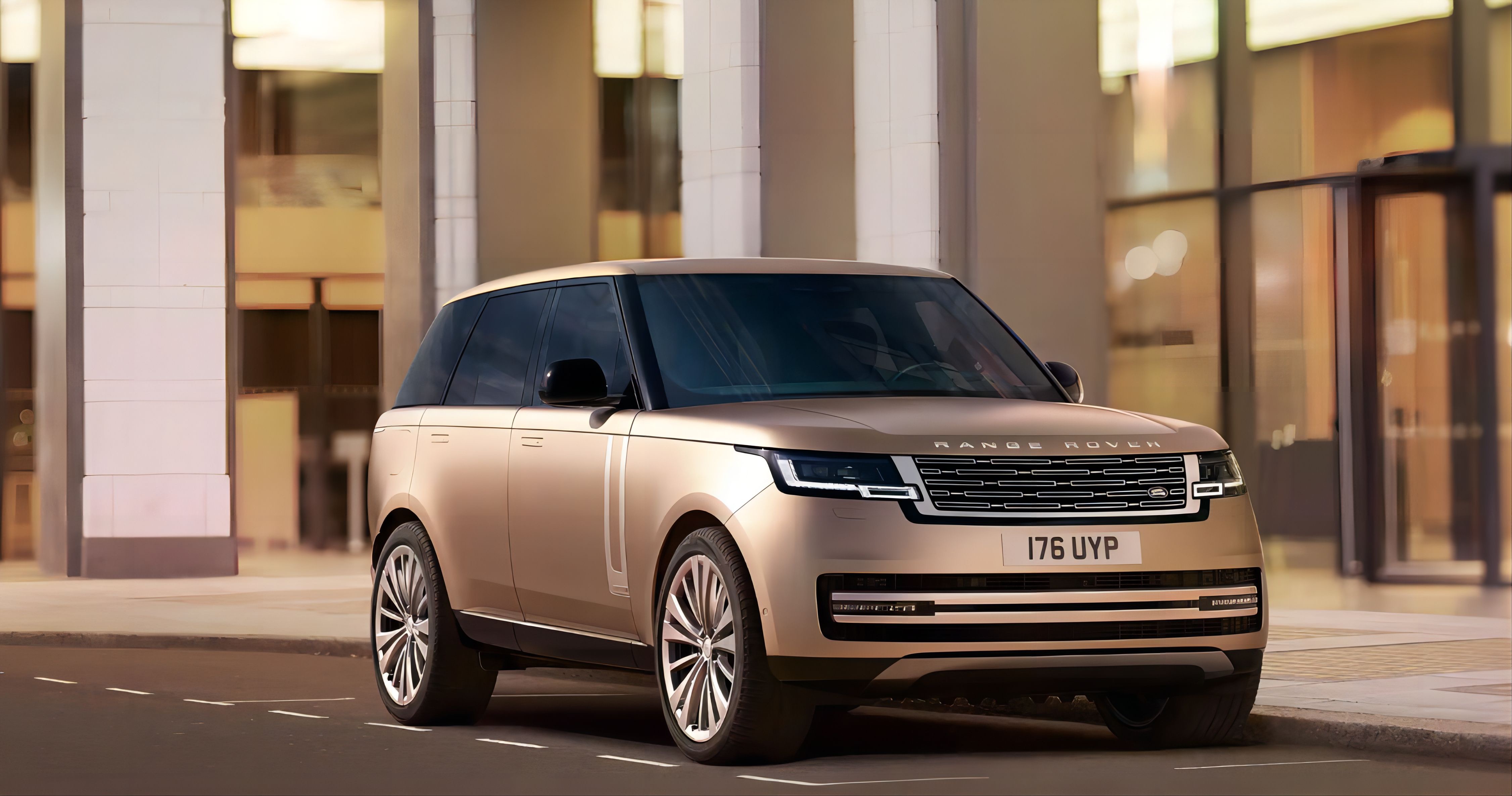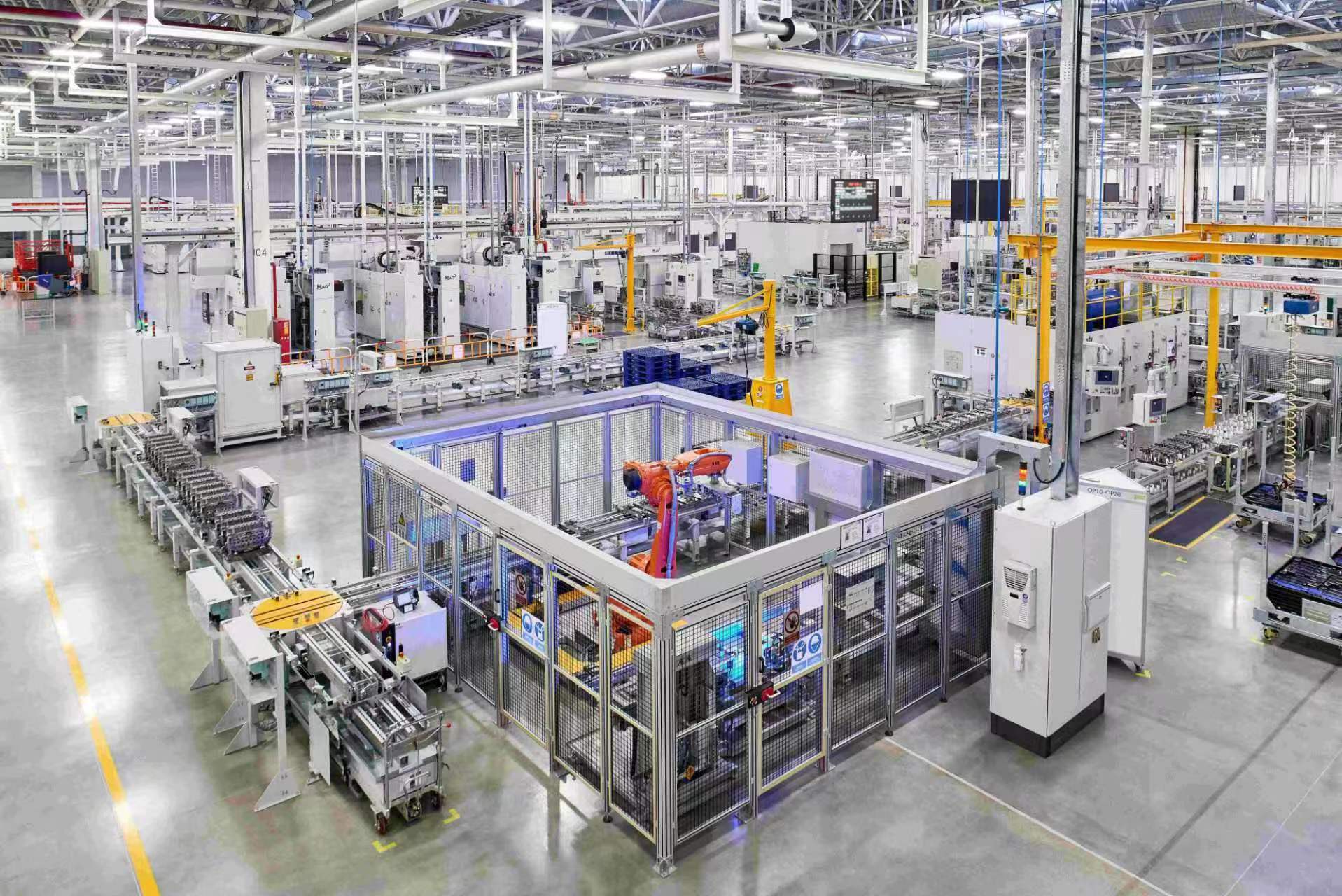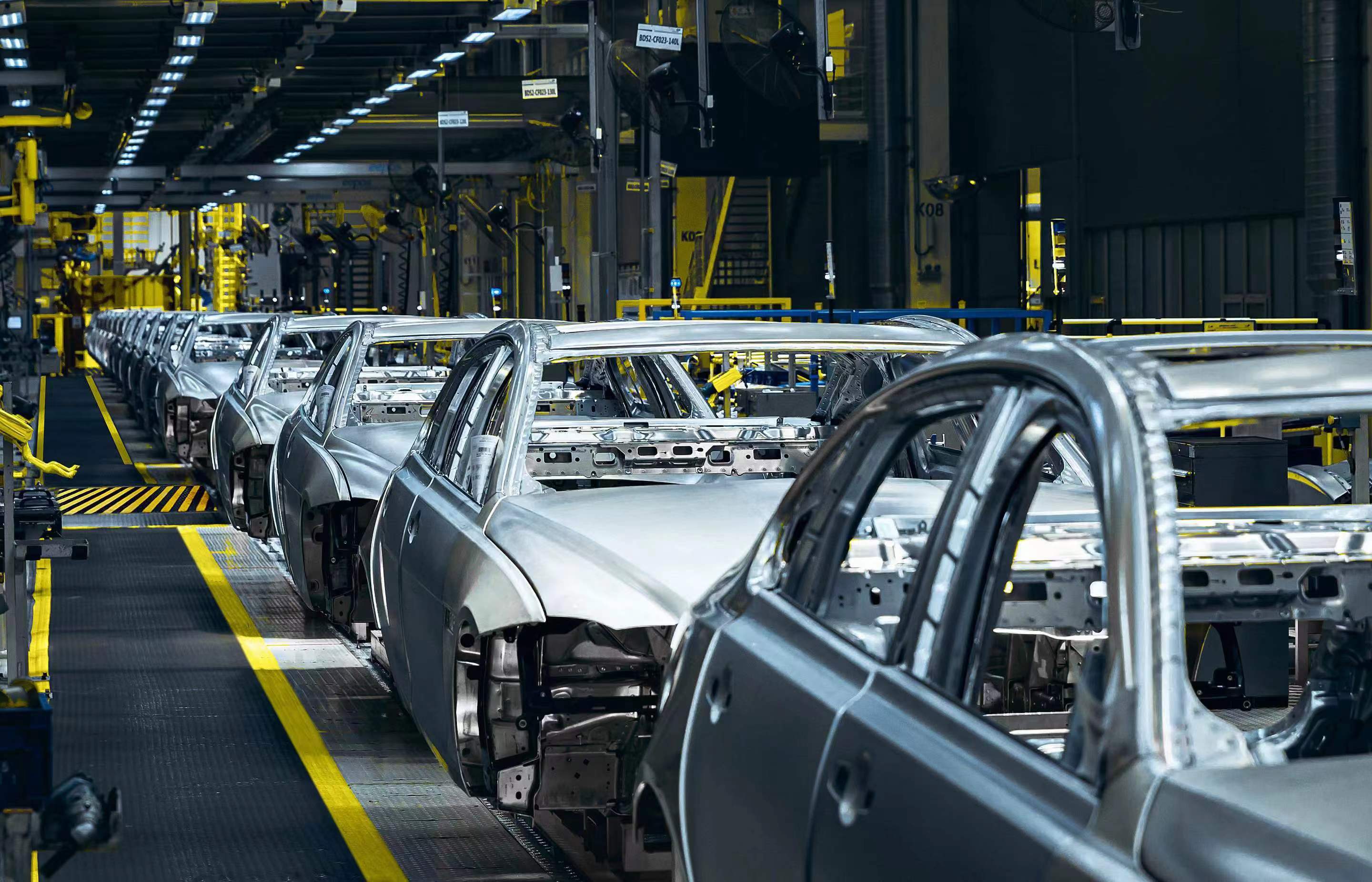
In the ongoing advancement of the "Reimagining the Future" global strategy, Jaguar Land Rover has achieved its highest quarterly revenue in history for the first fiscal quarter.
Record Revenue During the Same Period
Data shows that in the first quarter of the 2024/25 fiscal year (April to June 2024), Jaguar Land Rover's global revenue reached £7.3 billion, marking a 5% year-on-year increase and setting a record for the same period.
The record revenue is supported by a steady increase in sales. In this quarter, Jaguar Land Rover's global retail sales reached 111,180 new vehicles, a year-on-year increase of 9%, achieving consecutive growth for seven quarters.
Among these, the three models with the highest profit contribution—the Range Rover, Range Rover Sport, and Defender—accounted for 59% of global retail sales.

By the end of this fiscal quarter, Jaguar Land Rover achieved £230 million in free cash flow, and the company's total current assets amounted to £5.3 billion, maintaining healthy liquidity.
Continued Leadership in the Premium Luxury Segment
In the Chinese market, Jaguar Land Rover remains a leader in the ultra-luxury segment. From January to June 2024, the market share for high-end luxury SUVs priced over one million yuan exceeded one-third, with the Defender holding strong in second place; the Range Rover Sport saw a counter-cyclical growth with sales up 17% compared to 2023.
In the segment for high-end luxury SUVs priced at 1.5 million yuan and above, the Range Rover continues to lead, maintaining sales superiority for 18 consecutive months since 2023.
As Wu Chen, President of Jaguar Land Rover China and Chery Jaguar Land Rover Joint Marketing Sales and Service Organization, stated, the increase in market share amidst a challenging high-end segment during the first half of this year demonstrates that the new modern luxuriousness crafted by Jaguar Land Rover is continually resonating with consumers.
While high-margin products are consistently recognized by the market, Jaguar Land Rover does not rest on its laurels; instead, it leverages insights into the Chinese market to continuously optimize product structure and corporate strategy. The collaboration with Chery to create the "Freelander" brand aims for a synergy that is greater than the sum of its parts. This will be elaborated on later.
Globally, Jaguar Land Rover is also ramping up with an additional £3 billion investment to accelerate its transformation efforts. The financial report indicates that the company plans to increase its investment in the "Reimagining the Future" strategy from £15 billion to £18 billion over the next five years. Earlier this year, Jaguar Land Rover unveiled a comprehensive electrification plan: within the next five years, it will launch six pure electric models; over the next ten years, all models will be available with an all-electric option.
During this favorable period, the proactive changes being pursued reflect Jaguar Land Rover's long-term strategic vision.
Specifically, Jaguar Land Rover's reform measures are primarily divided into two parts. The first is to optimize the product structure and steadily advance electrification; the second is to explore a new cooperation model through technical collaboration with Chery to incubate the "Freelander" brand.
According to the plan, Jaguar will transition into a pure electric luxury brand starting in 2025, gradually phasing out its fuel vehicle lineup. On the other hand, demand for the all-electric Range Rover model is performing strongly, with the number of registered interested customers continuously increasing to 41,000.
In fact, the slow transformation of luxury brands in the current Chinese market has become a bottleneck for continued growth. Although Jaguar Land Rover remains in a strong position, the dynamic between fuel and electric vehicles indicates that electrification, especially pure electrification, is imperative.
Creating a New Model of Joint Venture Cooperation
On June 19, Jaguar Land Rover China announced the signing of a strategic cooperation letter of intent with Chery Automobile, authorizing Chery Jaguar Land Rover to use the "Freelander" brand for its new electric vehicles. The new "Freelander" brand products will be produced at Chery Jaguar Land Rover's Changshu factory, leveraging Chery's pure electric platform.
This can be considered a new chapter in Jaguar Land Rover’s transformation in China.

The core of this collaboration has three points: Jaguar Land Rover authorizes Chery Jaguar Land Rover to use the Freelander brand for the new electric vehicle products; the new brand will use Chery’s pure electric platform and be produced alongside existing products from Chery Jaguar Land Rover; and the Freelander brand will be sold through separate channels, with plans for future exports.
At first glance, this may seem similar to the recent trend of "reverse joint ventures," such as the collaborations between Toyota and BYD, SAIC and Audi, Volkswagen and Xiaopeng, and Leap Motor with Stellantis—all reflecting a model of “joint investment in branding or channels, but technology comes from domestic sources.” However, the collaboration between Jaguar Land Rover and Chery goes beyond mere technical exchanges.
The cooperation between the two parties does not involve the establishment of a new joint venture company; instead, it aims to leverage each other's advantageous resources to incubate the new "Freelander" brand within the existing joint venture framework and manufacturing system.
In other words, the new model promoted by Jaguar Land Rover and Chery focuses on developing a brand and product line that is separate from their existing lines, representing "incremental" rather than "substitutive" growth.
Additionally, during the collaboration, both parties contribute their advantageous resources to strengthen the joint venture entity, Chery Jaguar Land Rover, working hand in hand to enhance the new Freelander brand.

How will they work together? Jaguar Land Rover possesses strong off-road capabilities and excellent design expertise, which can further enhance the unique brand appeal of Freelander, aiding its penetration into the new energy SUV market.
Currently, "reverse joint ventures" are a buzzword reflecting the pride in China’s technological rise. However, upon closer examination, this still operates within the framework of “borrowed value,” merely flipping the direction from Chinese companies acquiring foreign technology to foreign companies acquiring Chinese technology.
In the incubation of the Freelander brand, the model between Chery and Jaguar Land Rover is neither a "forward joint venture" nor a "reverse joint venture." It should be termed a "joint venture of mutual pursuit." From this perspective, Jaguar Land Rover's "Reimagining the Future" strategy is not simply about pursuing its own sales, financial results, and influence; it also provides a new model for joint ventures and collaborations between domestic and foreign automotive brands in the new era.